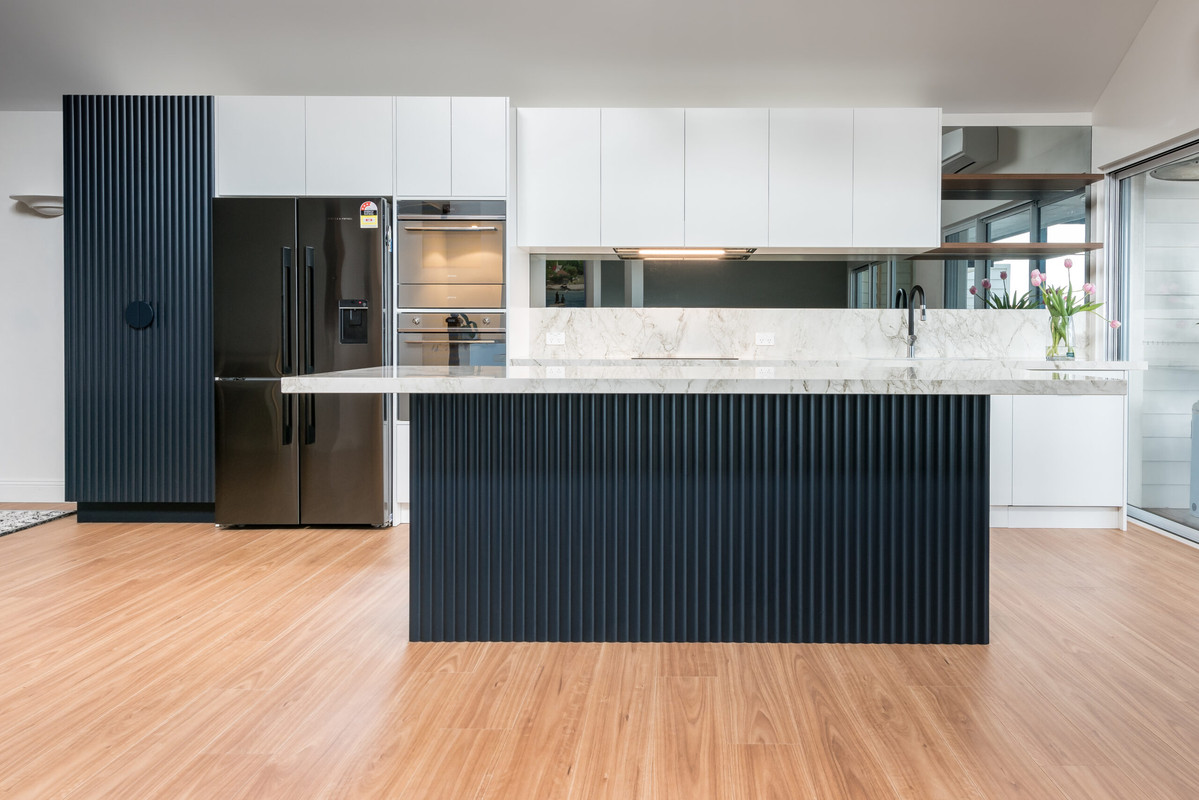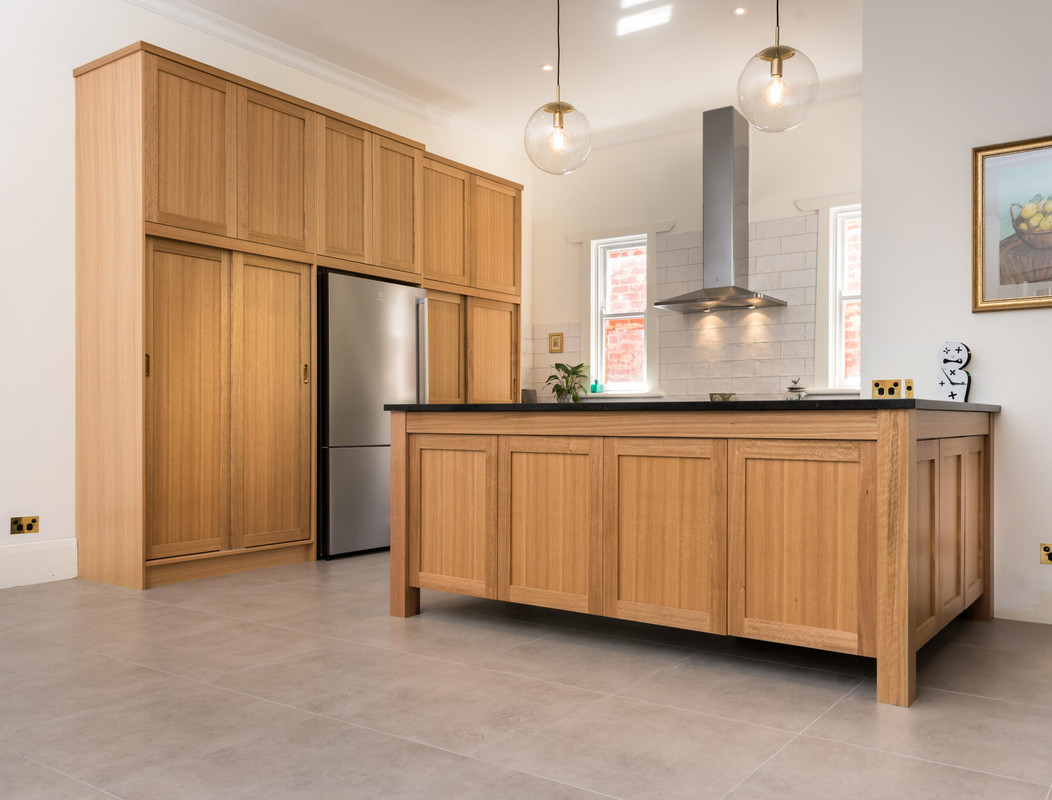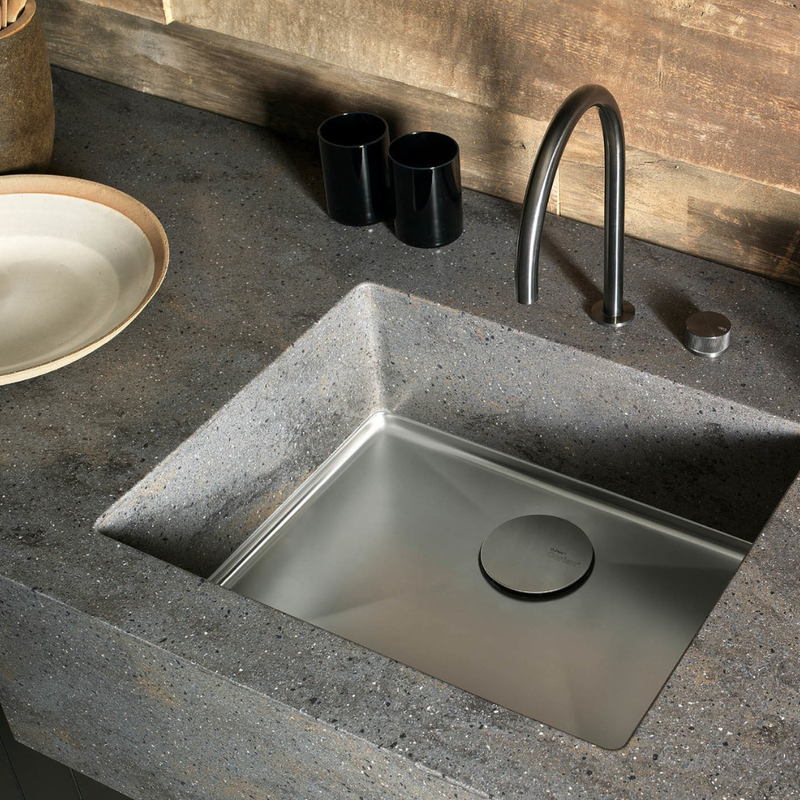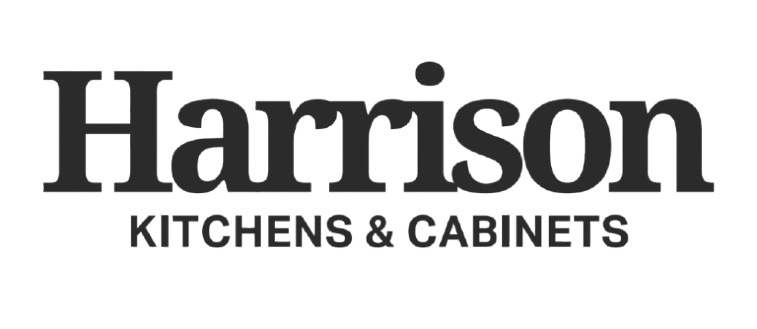At Harrison Kitchens & Cabinets, we've seen a significant rise in clients seeking environmentally responsible options for their kitchen renovations. Today's homeowners want beautiful, functional spaces that also reflect their commitment to sustainability. The good news is that eco-friendly kitchen design no longer means compromising on style or quality. Here's our guide to creating a stunning kitchen that's gentler on the planet.

1. Sustainable Cabinet Materials
Traditional cabinetry often involves materials and processes that can be environmentally problematic. Fortunately, there are now excellent sustainable alternatives that maintain the beauty and durability you expect. Look for cabinets made from FSC-certified wood, which ensures the timber comes from responsibly managed forests. Bamboo is another excellent option—it's technically a grass that regenerates rapidly. For a more innovative approach, consider cabinets made from recycled or reclaimed timber, which adds character while giving new life to existing materials.
At Harrison Kitchens, we've also embraced newer composite materials made from agricultural waste products like wheat straw or sunflower hulls bound with non-toxic resins. These can achieve the look of traditional cabinets without the environmental impact. When selecting finishes, we recommend water-based, low-VOC (volatile organic compound) paints and sealants that maintain indoor air quality while providing beautiful results.

2. Eco-Friendly Countertop Options
Countertops represent another opportunity to make sustainable choices without sacrificing style. Recycled glass countertops have become increasingly popular—they're made by binding recycled glass fragments with cement or resin, creating surfaces that are both unique and environmentally responsible. We also offer recycled paper composite countertops that are surprisingly durable and water-resistant, made from post-consumer paper combined with non-petroleum-based resins.
For clients who prefer the look of natural stone, we recommend seeking out suppliers who practice responsible quarrying methods or, better yet, considering sintered stone. This innovative material is made from natural minerals that undergo a particle-binding process similar to what occurs in nature, but in an accelerated timeframe. The result is an extremely durable surface with lower environmental impact than quarried stone. Sustainably harvested butcher block remains a classic option that brings warmth to a kitchen and can be maintained indefinitely with proper care.
3. Energy-Efficient Appliances and Fixtures
A truly sustainable kitchen extends beyond materials to consider energy and water usage. When selecting appliances, we recommend looking for the highest ENERGY STAR ratings available. Induction cooktops use significantly less energy than gas or traditional electric models while providing precise temperature control. Modern dishwashers with high efficiency ratings can actually use less water than hand washing, particularly when run with full loads.

Choosing the right fixtures makes a significant difference as well. We install low-flow taps with aerators that maintain water pressure while reducing consumption. Sensor-activated or touch-operated taps prevent unnecessary water usage and are increasingly affordable. For lighting, we design kitchens to maximize natural light, supplemented with energy-efficient LED lighting that consumes a fraction of the energy used by traditional bulbs while lasting much longer.
4. Sustainable Flooring Solutions
Kitchen flooring needs to withstand heavy use while complementing your design vision. Cork flooring offers a sustainable option that's also comfortable underfoot and naturally insulating. It's harvested from the bark of cork oak trees without harming the trees themselves, making it truly renewable. Linoleum (not to be confused with vinyl) is made from natural materials including linseed oil, cork dust, and wood flour on a jute backing—all biodegradable components that create a durable floor with a wide range of design possibilities.
For clients who prefer the look of hardwood, we recommend engineered wood flooring with an FSC-certified veneer, which uses less of the slow-growing hardwood than solid planks. Reclaimed timber flooring offers another beautiful option, with the added character that comes from its previous life. Ceramic tiles made locally from natural clays also provide a durable, low-maintenance option with a reduced carbon footprint compared to imported materials.
5. Waste Management Solutions
A well-designed kitchen should make sustainable living easier on a daily basis. We now incorporate dedicated recycling stations into most kitchen designs, with separate bins for different materials based on local recycling capabilities. Many of our clients also request dedicated compost collection areas, either incorporated into the cabinetry design or as separate counter-top containers that make diverting food scraps from landfill simple and convenient.
6. Sustainable Design for Longevity
Perhaps the most important aspect of sustainable kitchen design is creating a space that will remain functional and appealing for decades to come. This means focusing on timeless design rather than following short-lived trends, using quality materials and construction methods that won't need replacement after a few years, and designing adaptable spaces that can evolve with changing needs. A kitchen that needs to be completely renovated every 5-10 years creates far more environmental impact than one designed thoughtfully from the start to last 20-30 years or more.
At Harrison Kitchens & Cabinets, we're committed to helping our clients create beautiful, functional kitchens that align with their environmental values. Whether you're looking to incorporate a few sustainable elements or want to create the most eco-friendly kitchen possible, our design team can guide you through the options and help you make choices that work for both your lifestyle and the planet.
Ready to explore sustainable options for your kitchen renovation? Contact us today to schedule a consultation with one of our experienced kitchen designers.
Go Back to Blogs

